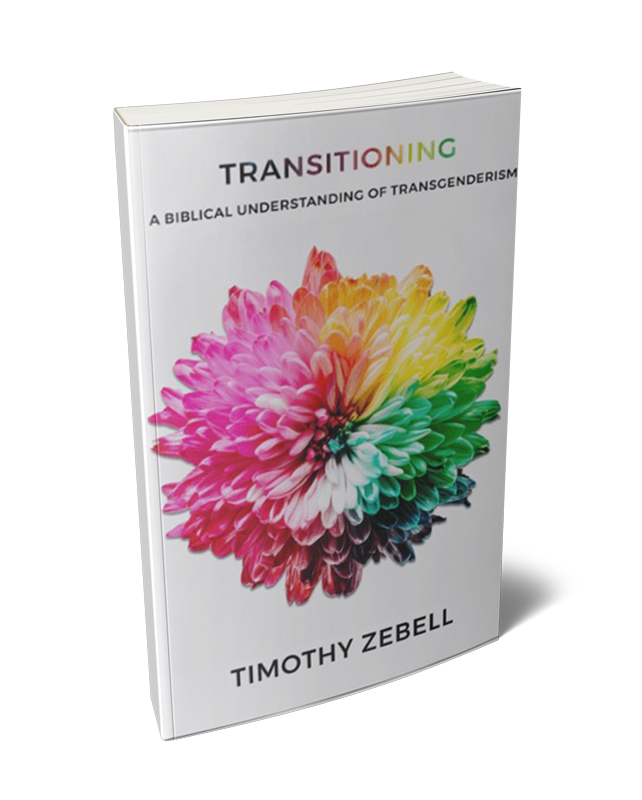It seems everyone is talking about the coronavirus. This provides us ample opportunity to have relevant and meaningful conversations about the trajectory of our nation. But our conversations should be governed by facts. Below are some key truths to help guide our thinking and conversations.
The Risk
1. Based upon extensive testing and more information about the virus’ mortality rate, the United Kingdom stopped considering COVID-19 to be a “high consequence infectious disease” in the UK on March 19.[1]
2. “The true fatality rate is the portion of those infected who die, not the deaths from identified positive cases.” This according to Stanford University professors of medicine who have analyzed data from around the world and concluded that the actual fatality rates are likely orders of magnitude lower than have been reported. In Italy, the reported number is 8%, but the actual number may be as low as 0.06%. Overall, the fatality rate of the coronavirus may be as low as 0.01%. If accurate, this would make the coronavirus highly contagious but 10 times less deadly than the seasonal flu.[2][3]
3. Epidemiologist Neil Ferguson, who created the highly-cited Imperial College London coronavirus model which has been instrumental in government policy-making, massively downgraded the virus’ potential death toll by orders of magnitude. Rather than the original 500,000 predicted deaths in the United Kingdom, Ferguson now says the number should be revised to no more than 20,000–perhaps far less.[4][5]
4. The overall mortality rate in the United States as of March 25 is 1.3%. (This number could climb if the health care system becomes overwhelmed, as appears to be happening in New York.) Because the number of people infected is almost certainly far higher than the number of known cases, the actual fatality rate is likely significantly lower than 1%.[6][7] All official mortality rates are probably greatly inflated.
5. Centers for Disease Control (CDC) data from 72,314 global cases diagnosed with COVID-19 by February 11 show that only 8.1% of cases were in their 20s, 1.2% were teenagers, and 0.9% were nine years of age or younger.[8]
6. The same CDC data shows a fatality rate of 14.8% in people 80 or older compared against 1.3% in those in their 50s, 0.4% in their 40s, and 0.2% in those between the ages of 10 and 39.[9]
7. Nearly all who contract COVID-19 who are not very elderly with complicating medical conditions will recover.[10]
8. Intensive Care Unit admissions according to age in the United States, based upon CDC data of 2,449 cases between February 12 and March 16 include: >85 (6.3%), 75–84 (10.5%), 65–74 (8.1%), 55–64 (4.7%), 45–54 (5.4%), 20–44 (2%), 0–19 (0%).[11]
9. Deaths rates according to age in the United States according to the same CDC data include: >85 (10.4%), 75–84 (4.3%), 65–74 (2.7%), 55–64 (1.4%), 45–54 (0.5%), 20–44 (0.1%), 0–19 (0%).[12]
Other Facts
10. Even in the face of this virus, we can trust God to protect us and cause us to live not one day less than He has allotted (Psa. 91:1, 5-6; 139:16; Job 14:1, 5-6).
11. Whether we live or die from this virus may already be a forgone conclusion to God, but it is not a known conclusion to us. This is why we ought always to live every day to its fullest and not take tomorrow for granted (James 4:13–15; Psa. 90:10, 12). Moments like this—when we are confronted with death—reminds us not to squander our good days and the opportunities afforded to us. It also brings a sense of perspective (Ecc. 7:2).
12. Christians have an advantage in navigating times of crisis. Understanding what God has said about a matter in His Word and trusting in the power of God to overcome any difficulty are invaluable advantages (Matt. 22:29). The coronavirus is no exception. In fact, God provides a remedy for infected nations in 2 Chronicles 7:13–14.
13. Certainly, God will be a physical refuge to many of His people throughout this time, but our refuge ultimately rests in the assurance we have of our destiny as children of God (1 Pet. 1:3–5; Php. 1:21–24; Tit. 3:4–7). For Christians, death is merely a transition into the glorious presence of God (2 Cor. 5:6–8). Moreover, God has promised to resurrect our bodies from the grave and to grant us eternal life in His kingdom (John 3:16; Rom. 6:22–23; 1 Cor. 15:5–55).
14. God uses disease and pestilence to alert nations to their spiritual waywardness and to call people to repentance (Amos 4:10; 2 Chron. 7:13–14).
15. It may be that God has permitted the coronavirus to permeate our borders as a means of compelling us to look beyond our daily routine and to begin contemplating matters of life and death, as well as the condition of our relationship with our Creator. In 2 Chronicles 7:13–14, God says an infected nation’s first step should be for the people to humble themselves and repent of their personal and national sins.
16. One can be physically healthy and spiritually sick. Sometimes the most loving thing God can do is to remove our physical health and disrupt our daily lives to provoke us to look beyond our daily routines and consider eternal matters. As terrifying as contracting a potentially fatal disease may be, it pales in comparison to the consequences of experiencing a spiritual death because our hearts were never softened to the Lord’s calling.
17. Loving others in the midst of a pandemic begins with purging fear from our spirits (1 John 4:18). Before we can effectively minister to others, we must ground our hope and assurance in the faithfulness of our Almighty God (Psa. 18:2; 46:1–3; Prov. 30:5).
18. Historians believe the early Christian church grew as a direct result of epidemics. When even the doctors fled infected cities, Christians extended self-sacrificing love in Jesus’ name to those left behind.
For more information on how to navigate this coronavirus pandemic, click here.
Free Downloads
Share...
1. Prestigiacomo, Amanda. “Epidemiologist behind Highly-Cited Coronavirus Model Drastically Downgrades Projection.” Daily Wire, March 26, 2020. https://www.dailywire.com/news/epidemiologist-behind-highly-cited-coronavirus-model-admits-he-was-wrong-drastically-revises-model.
2. Prestigiacomo, Amanda. “Stanford Professors: Coronavirus Death Rate Estimate Likely ‘Orders of Magnitude Too High.’” Daily Wire, March 25, 2020. https://www.dailywire.com/news/stanford-professors-coronavirus-death-rate-estimate-likely-orders-of-magnitude-too-high.
3. Bendavid, Eran. “Is the Coronavirus as Deadly as They Say?” Wall Street Journal, March 24, 2020, 6:21 p.m., ET. https://www.wsj.com/articles/is-the-coronavirus-as-deadly-as-they-say-11585088464.
4. Berrien, Hank. “British Government Lowered Its Estimate of Severity of Coronavirus LAST WEEK.” Daily Wire, March 26, 2020. https://www.dailywire.com/news/epidemiologist-behind-highly-cited-coronavirus-model-admits-he-was-wrong-drastically-revises-model.
5. Adam, David. “UK Has Enough Intensive Care Units for Coronavirus, Expert Predicts.” Health. NewScientist, March 25, 2020. https://www.newscientist.com/article/2238578-uk-has-enough-intensive-care-units-for-coronavirus-expert-predicts/.
6. Fauci, Anthony, Clifford Lane and Robert Redfield. “Covid-19—Navigating the Uncharted.” New England Journal of Medicine, February 28, 2020. https://www.nejm.org/doi/full/10.1056/NEJMe2002387.
7. “EXCLUSIVE: Trump, Coronavirus Task Force Participate in Fox News Town Hall.” YouTube video, 49:59. Posted by Fox News, March 24, 2020. https://www.youtube.com/watch?v=wy3NrqNN9uU.
8. Begley, Sharon. “Who Is Getting Sick, and How Sick? A Breakdown of Coronavirus Risk by Demographic Factors.”
9. Begley.
10. Begley.
11. McCarthy, Niall. “How COVID-19 Affects Different U.S. Age Groups.” Statistia, March 19, 2020. https://www.statista.com/chart/21173/hospitalization-icu-admission-and-fatality-rates-for-reported-coronavirus-cases/.
12. McCarthy.
Unless otherwise noted, all Scripture quotations are taken from The Holy Bible, English Standard Version, copyright ©2001 by Crossway Bibles, a publishing ministry of Good News Publishers. Used by permission. All rights reserved.









